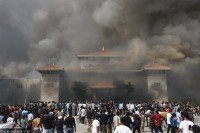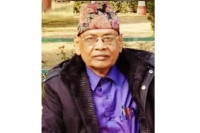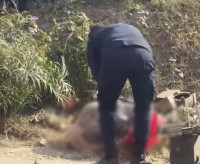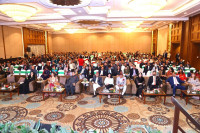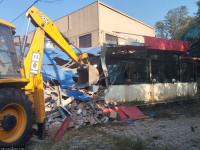Valley
Valley may land on Heritage in Danger list
In its annual meeting in June, the World Heritage Committee (WHC) of Unesco sought to put Kathmandu Valley on the UN cultural organisation’s World Heritage in Danger list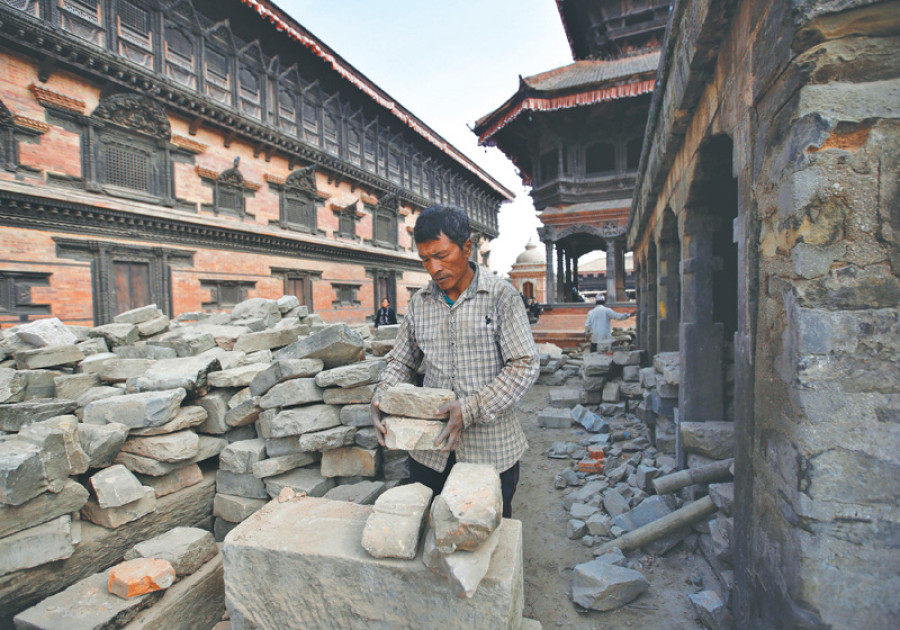
In its annual meeting in June, the World Heritage Committee (WHC) of Unesco sought to put Kathmandu Valley on the UN cultural organisation’s World Heritage in Danger list for Nepal government’s failure to pay required attention to reconstruct and protect the monuments that were destroyed by the April 25 earthquake last year.
But after the government’s assurances that it would expedite reconstruction work, Unesco did not add Kathmandu Valley to the list.
But even after six months, not much has been done when it comes to rebuilding and protecting the heritage sites, which would mean the UN committee could once again propose Kathmandu Valley for danger listing during its next session to be held in June.
“This is already on the agenda, if the government doesn’t improve the handling of the world heritage sites, there is high probability that Kathmandu Valley will be on World Heritage in Danger list,” said Unesco Country Representative to Nepal Christian Manhart.
According to Manhart, the WHC and Unesco Nepal office have long been calling on the government to improve its working style The WHC director too has written to the Ministry of Culture, asking it to work as per its commitment made during the annual meeting. Bhesh Raj Dahal, director general of the Department of Archaeology, admitted that the WHC didn’t put Kathmandu Valley on the World Heritage in Danger list following request from the government of Nepal.
Out of eight Unesco World Heritage Sites in Nepal seven are in Kathmandu Valley alone.
A team of experts from the WHC will be coming to Nepal within two months to take stock of efforts made by the government of Nepal to rebuild and protect the heritage sites.
By putting such sites on the danger list, Unesco seeks to mobilise the international community to protect them.
Manhart said reconstruction of heritage sites is extremely slow for the lack of clarity in decision making.
Unesco in June had applied for permission to carry our restoration and research work of different heritage sites that were destroyed by the earthquake, but it is yet to get the green signal from the government. “It has been six months since we applied for the permission for the $1million project, but we are still waiting for the green signal,” he added.
A study shows heritage sites in the Valley were reconstructed quickly but often cheaply after the earthquake in 1934 therefore they sustained severe damage in the earthquake last year. “Therefore proper attention has to be given—from construction material to the workers—to make sure they are reconstructed properly,” Manhart said.
The WHC has also raised question over the existing bidding process in Nepal which has a provision to award the contract to the lowest bidder. The cost of construction of heritage sites is high and they cannot be treated like construction of any other structure, it says.
Unesco has expressed reservations about undergoing reconstruction of some of the heritage sites, saying the archaeological norms were being flouted. The use of concrete in the reconstruction of Balgopaleshwor Temple in Rani Pokhari had to be stopped after Unesco’s intervention.
Out of around 700 monuments that were destroyed in the earthquake, reconstruction of around 45 is underway, while bidding has been completed to rebuild as many sites.
Unesco is working on around a dozen heritage sites, investing around US$700,000 (Rs 75.5 million).
Fifty-five out of a total of 1,052 heritage sites around the world feature on the UN cultural organisation’s World Heritage in Danger list.
Eight heritage sites were added to the list this year by the organisation’s World Heritage Committee.




 14.12°C Kathmandu
14.12°C Kathmandu